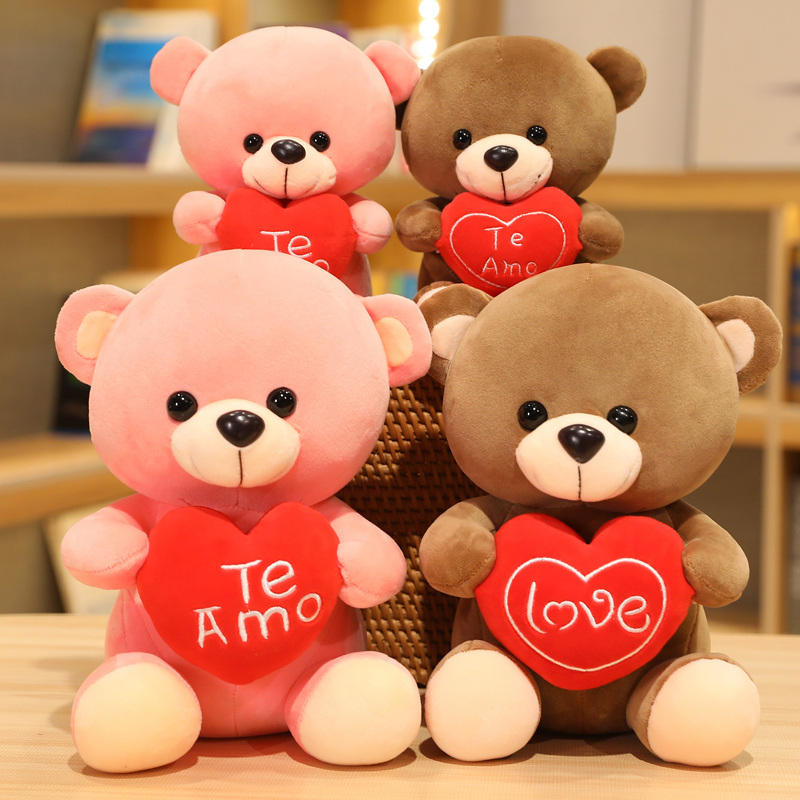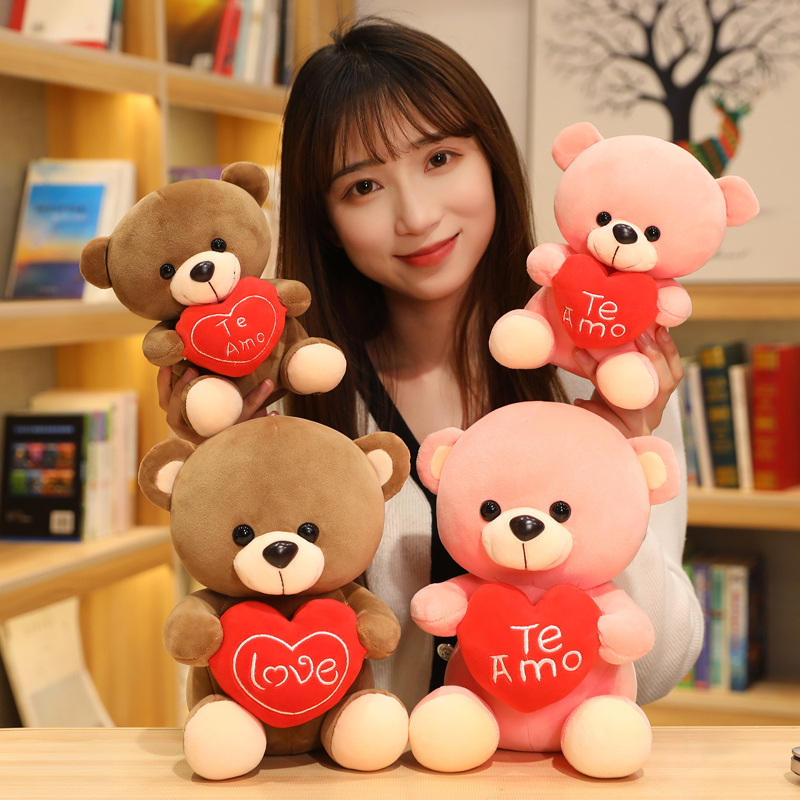Teddy bears have come a long way since their creation over a century ago. While the basic design of a teddy bear has remained relatively unchanged, there have been many variations and styles that have emerged over the years. Here are some of the major evolutionary stages of teddy bears:
- Traditional Teddy Bears: These are the classic teddy bears that most people think of when they hear the term “teddy bear.” They are typically made of mohair, have jointed limbs, and feature a simple design with a round head and a slightly pointed snout. Examples of traditional teddy bears include the Steiff bear, which was the original teddy bear created in 1902.
- Vintage Teddy Bears: Vintage teddy bears refer to those that were made between the early 1900s and the mid-20th century. These bears are highly sought after by collectors and are often made of mohair with glass eyes and jointed limbs. Vintage teddy bears may have a more elaborate design than traditional teddy bears, with features such as humpbacks, longer snouts, and pronounced claws.
- Character Teddy Bears: These teddy bears are designed to look like a particular character or animal, such as Winnie the Pooh or Paddington Bear. They may have clothing or accessories that reflect the character they are based on, and may be made of materials other than mohair.
- Designer Teddy Bears: Designer teddy bears are often created by well-known artists and may feature unique designs or materials. They may be made of synthetic fabrics or even recycled materials, and may incorporate features such as elaborate embroidery or beading.
- Modern Teddy Bears: Modern teddy bears often feature a more contemporary design, with bright colors and bold patterns. They may be made of a variety of materials, including synthetic fabrics, and may have features such as electronic components that allow them to move or make sounds.
Overall, the evolution of teddy bears reflects changing tastes and styles throughout history. While traditional and vintage teddy bears remain highly prized by collectors, modern styles have also become increasingly popular, reflecting a desire for more personalized and unique designs.


